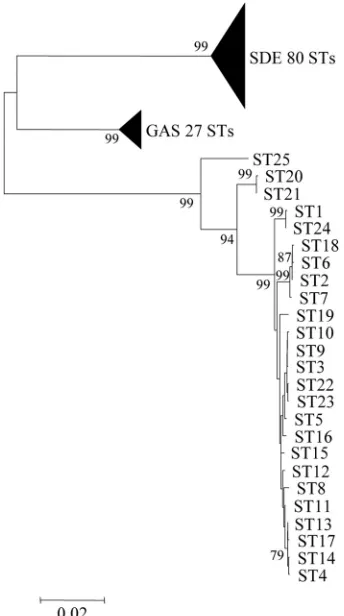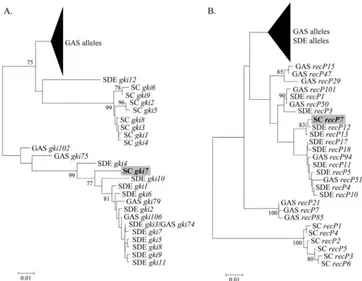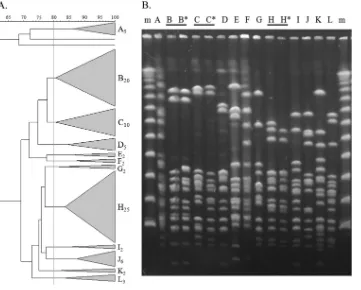Multilocus Sequence Analysis of Streptococcus canis Confirms the Zoonotic Origin of Human Infections and Reveals Genetic Exchange with Streptococcus dysgalactiae subsp equisimilis
Full text
Figure
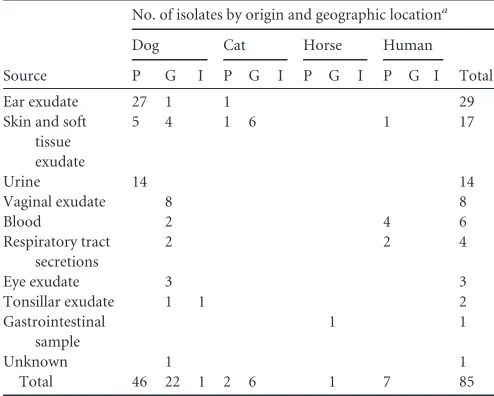


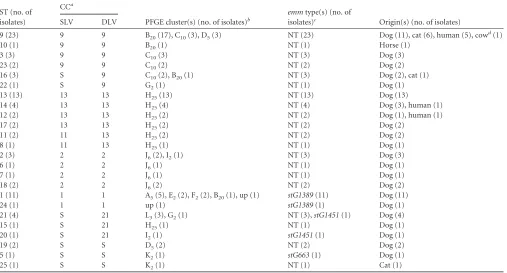
Related documents
However, in order to perform an analysis of these image intensity patterns, the satellite images of different modalities need to be preprocessed to extract the
In view of the various modulation schemes in OFDM based WLAN and WiMAX, multimode block interleaver is the ideal solution for implementation purpose.. The major
Amland[6] stressed that risk-based testing must be supported by an organization (as shown in Fig 1) where in roles and responsibilities should be defined. His
Moreover, en- hanced expression of BRCA1 gene (breast cancer susceptible gene 1), which has been associated with breast, ovarian and prostate cancer, induced
Personalized news recommendation is made by calculating the similarity between topic distributions of each news group and the user’s reading history using adaptive
The Biafran military authority was pretty sure through intelligence gathering that the Federal Military Government had no other manpower anywhere to defend the town of Bonny which
The aim of the present study is to investigate the performance of constructed wetland in BIOECODS system for water quality treatment from stormwater runoff as well as the
The use of computer image analysis can significantly improve microbial viability assessment by either direct plate count techniques or indirect (predictive) fluorescence
